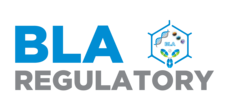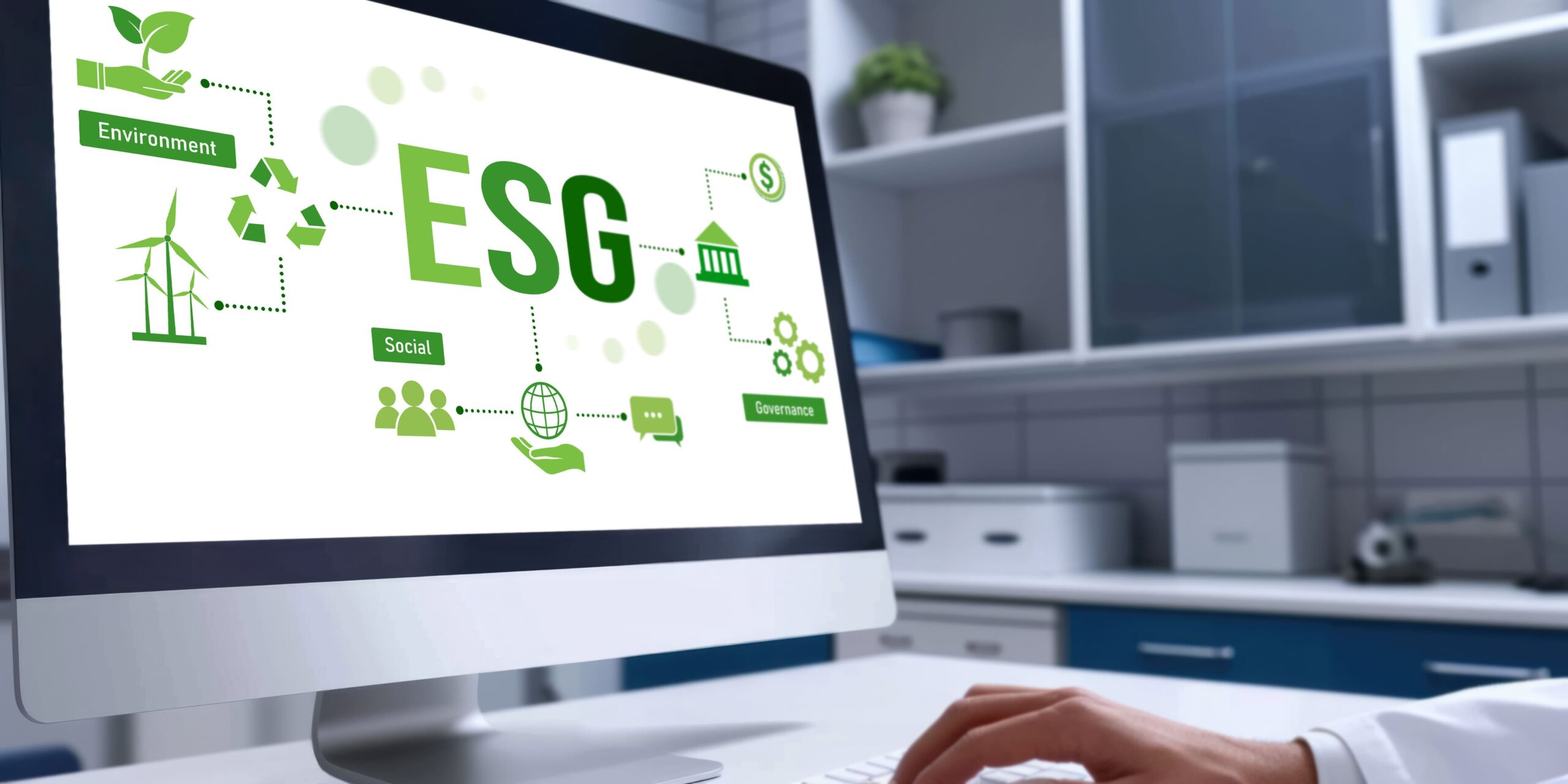Introduction
The pharmaceutical industry is undergoing a transformation fueled by the urgent need for sustainability, transparency, and ethical responsibility. Two major drivers of this shift are green chemistry and ESG (Environmental, Social, and Governance) performance.
Green chemistry refers to the design of safer, more efficient chemical processes that minimize environmental and health risks. ESG is a framework used to evaluate how companies manage their environmental impact, contribute to society, and uphold ethical governance practices. Together, these forces are redefining how medicines are developed, manufactured, and delivered.
Green Chemistry: Redefining Pharmaceutical Manufacturing
Green chemistry is no longer a niche; it is central to pharmaceutical innovation. Anchored in 12 principles, it focuses on waste reduction, safer solvents, and a lower carbon footprint. The table below highlights key innovations in green manufacturing:
API – Active Pharmaceutical Ingredient
VOC – Volatile Organic Compound
These innovations are more than environmental niceties—they deliver bottom-line value. However, scaling them requires capital (e.g., €20M for mid-size facility upgrades), cross-disciplinary talent, and regulatory clarity.
Strategic Sustainability: From Compliance to Leadership
Leading pharmaceutical companies are embedding ESG into their operations—not just to meet regulations, but to gain a long-term advantage. Here’s how:
Synergy Between Green Chemistry and ESG
Green chemistry isn’t just a technical upgrade—it drives measurable ESG outcomes:
- Environmental: Less waste, fewer emissions, more water reuse
- Social: Safer working conditions and affordable therapies
- Governance: Transparent practices and sustainable product design
🎯 Bonus Insight:
Green chemistry innovations are increasingly tied to ESG disclosures under frameworks like the EU’s CSRD (Corporate Sustainability Reporting Directive) and the U.S. SEC’s (Securities and Exchange Commission’s) climate reporting rules. This means that companies investing in cleaner production can demonstrate a measurable impact across multiple ESG dimensions.
🔄 Innovation Loop:
Green Chemistry → Cleaner, Safer Processes → Reduced Environmental & Social Risk → ESG Gains → Innovation & Compliance Reinforcement → Corporate Trust
- SMEs (Small and Medium-sized Enterprises) face funding constraints for green R&D
- Global ESG standards vary, slowing alignment
- LCA (Life Cycle Assessment) tools and supply chain traceability need scaling
- Measuring long-term ROI (Return on Investment) on green innovation remains complex
- Talent shortages in interdisciplinary sustainability roles can limit adoption
Still, momentum is building. Industry consortia and digital platforms are accelerating knowledge sharing and transparency.
Green chemistry and ESG are no longer optional—they are central to the pharmaceutical industry’s relevance and resilience. By aligning science, sustainability, and strategy, forward-looking companies are creating long-term value for business and society.
The future belongs to those who innovate with intention.

